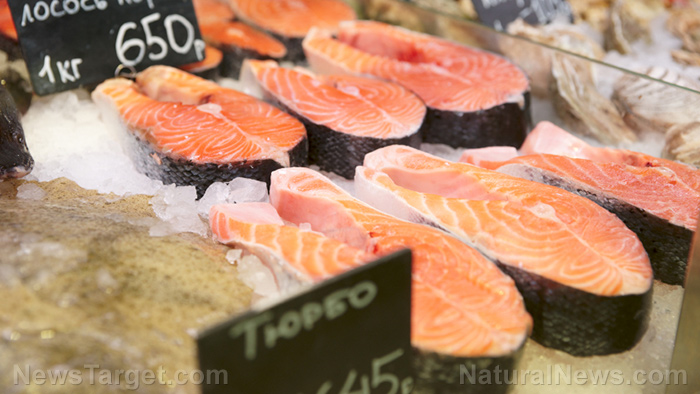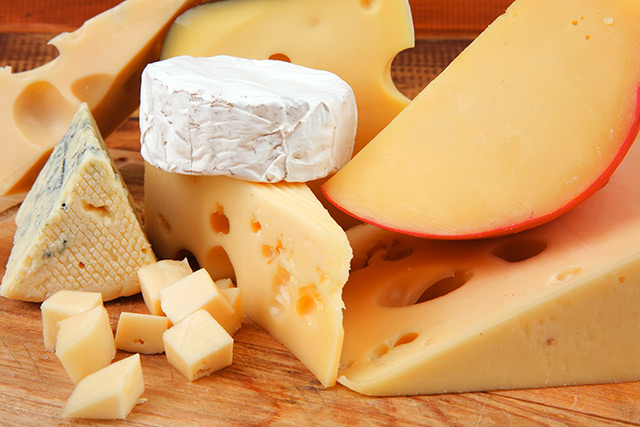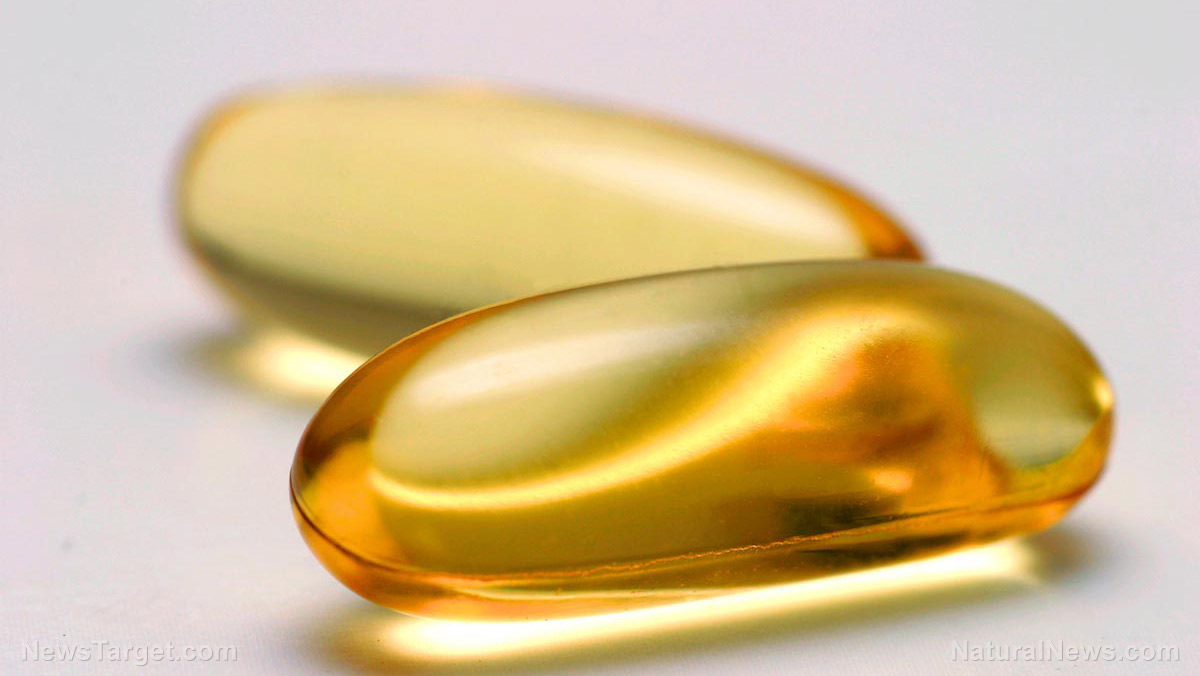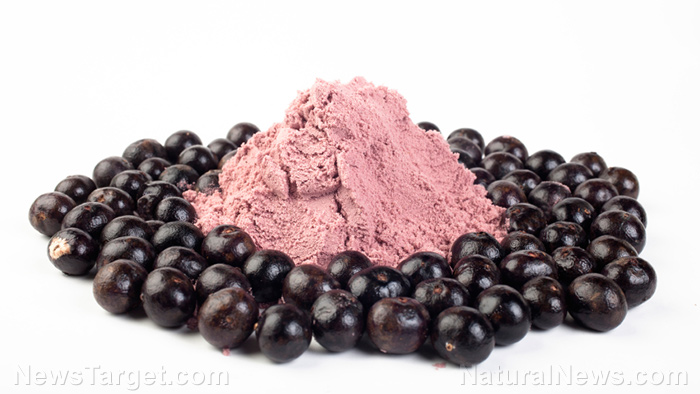 Parler
Parler Gab
Gab
Atlantic mackerel
This fish is a triple threat: it's low in mercury, rich in omega-3s and brimming with protein. Plus, it grows fast, meaning it can easily repopulate and handle higher amounts of fishing than other fish. Additionally, the equipment that fishermen use to catch this fish is unlikely to cause major habitat destruction. So you don't need to worry about having harmed any reefs as you sit down to some grilled mackerel fillets. Speaking of which, here's a simple recipe for grilled mackerel fillets with toasted garlic butter: Ingredients for 4 servings:- 5 garlic cloves, smashed
- 2 mackerels, filleted
- 4 ounces butter
- Lime wedges
- Preheat an outdoor grill. Oil the grates to prevent sticking.
- In a saucepan, melt the butter and add the garlic cloves.
- Make 3 deep cuts on each side of the fillets. Season to taste with salt and pepper.
- Place fillets flesh-side down on the grill. Cook for 2–3 minutes on each side.
- Transfer fillets to plates. Serve with a squeeze of fresh lime wedges.
Wild-caught Alaskan salmon
Packed with more than 1,500 milligrams (mg) of omega-3s per serving, wild-caught Alaskan salmon is among the healthiest fish you can add to your diet. Make sure to get wild-caught salmon because they contain lower levels of mercury and lead than their farmed counterparts from well-managed fisheries. These fisheries also threaten populations of salmon in the wild. Here's a simple pan-fried wild salmon recipe you should add to your weekly rotation: Ingredients for 2 servings:- 2 wild salmon fillets
- 2 tablespoons olive oil
- Rinse the fillets, then pat dry with paper towels. Season to taste with sea salt.
- Heat oil in a skillet and lay the fillets skin-side up. Cook for about 5 minutes on each side.
- Transfer fillets to plates and remove the skin. Serve immediately.
Wild-caught Pacific sardines
These fast-growing sardines live in the chilly Pacific waters on the West Coast. You'll often see them on lists of superfoods because of their high omega-3 and vitamin D content. Wild-caught Pacific sardines are also one of the few foods that are naturally rich in calcium. They can give you about 33 percent of your daily calcium needs per serving. Try this healthy, tasty and easy Mediterranean-style roasted sardine recipe for lunch: Ingredients for 4 servings:- 1 garlic clove, minced
- 1 pound sardines
- 3 tablespoons olive oil
- 1 tablespoon lemon juice
- 1 tablespoon dry oregano
- 2 teaspoons whole-grain mustard
- 2 teaspoons chopped parsley
- 1 teaspoon onion flakes
- 1/2 teaspoon paprika
- 1/4 teaspoon salt
- Preheat the oven to 430 F.
- In a bowl, mix garlic, olive oil, lemon juice, oregano, mustard, onion flakes, paprika and salt.
- Toss the sardines in the bowl and coat them with the mixture.
- Grease a pan. Place the sardines on the pan in a single layer. Roast for 15–17 minutes, depending on the size of the sardines.
- Finish with a squeeze of lemon. Top with parsley and serve.
Rainbow trout
Rainbow trout, also known as steelhead trout, is rich in potassium. This important mineral helps to keep your blood pressure levels in check. Potassium also ensures that your muscles and nerves are working properly. Plus, rainbow trout is an excellent source of selenium, a cancer-fighting antioxidant, and vitamin B6, which is incredibly important for brain health. When it comes to rainbow trout, the farmed ones are safer to eat. That's because the overfishing of trouts over the past few decades in the U.S. has led to polychlorinated biphenyl (PCB) contamination of lakes where these fish used to swim. Rainbow trout is ideal for a light meal because it has fewer calories than most fatty fishes. Here's a deliciously easy recipe for baked rainbow trout: Ingredients for 6 servings:- 2 whole rainbow trout, gutted
- 1/2 large onion, sliced
- 2 tablespoons hot water
- 2 teaspoons olive oil
- 1/4 teaspoon dried thyme
- 1/4 teaspoon dried dill weed
- Preheat the oven to 400 F. Grease a baking dish with 1 teaspoon of olive oil.
- Place trouts in the baking dish. Coat with the remaining oil, dill and thyme. Season to taste with salt and ground black pepper. Stuff each trout with onion slices.
- Bake for 10 minutes, then pour hot water into the dish to stop the fish from drying out. Bake for another 10 minutes or until the fish flakes easily with a fork. Serve immediately.
Herring
Herring is the superfood of the sea – and for good reason. It boasts higher levels of omega-3s than other types of ocean fish, including sardines and mackerel. This fish is also rich in selenium and vitamins D and B12. Plus, it contains less mercury than other fatty fishes. When purchasing herring, experts advise choosing those caught with purse seine nets, which do not touch the seabed. With purse seine fishing, there's no danger of harming fish habitats. This salty, shimmering fish is incredibly versatile. Enjoy it fried, baked, boiled or grilled. Check out this recipe for grilled herring that pairs well with scrambled eggs on toast: Ingredients for 2 servings:- 4 herring fillets
- 1/3 cup unsalted butter
- 1 tablespoon olive oil
- Preheat an outdoor grill. Oil the grates to prevent sticking.
- Slash the skin of the fillets and brush with olive oil. Season to taste with salt and pepper.
- Grill fillets for 2–3 minutes on each side or until golden. Top fillets with a slice of butter and serve.
Study shows antioxidants in cheese may protect blood vessels from salt damage
By Rose Lidell // Share
Supplementing with vitamin D found to improve blood pressure in overweight children
By Zoey Sky // Share
Common signs and symptoms of magnesium deficiency
By Olivia Cook // Share
Food supply 101: How to grow edible mushrooms in your home garden
By Zoey Sky // Share
Qatari study finds natural immunity is 97% EFFECTIVE against severe COVID even after 14 months
By Ramon Tomey // Share
Polyphenols in acai found to have a prebiotic effect that boosts digestive health
By Zoey Sky // Share
Governments continue to obscure COVID-19 vaccine data amid rising concerns over excess deaths
By patricklewis // Share
Tech giant Microsoft backs EXTINCTION with its support of carbon capture programs
By ramontomeydw // Share
Germany to resume arms exports to Israel despite repeated ceasefire violations
By isabelle // Share










